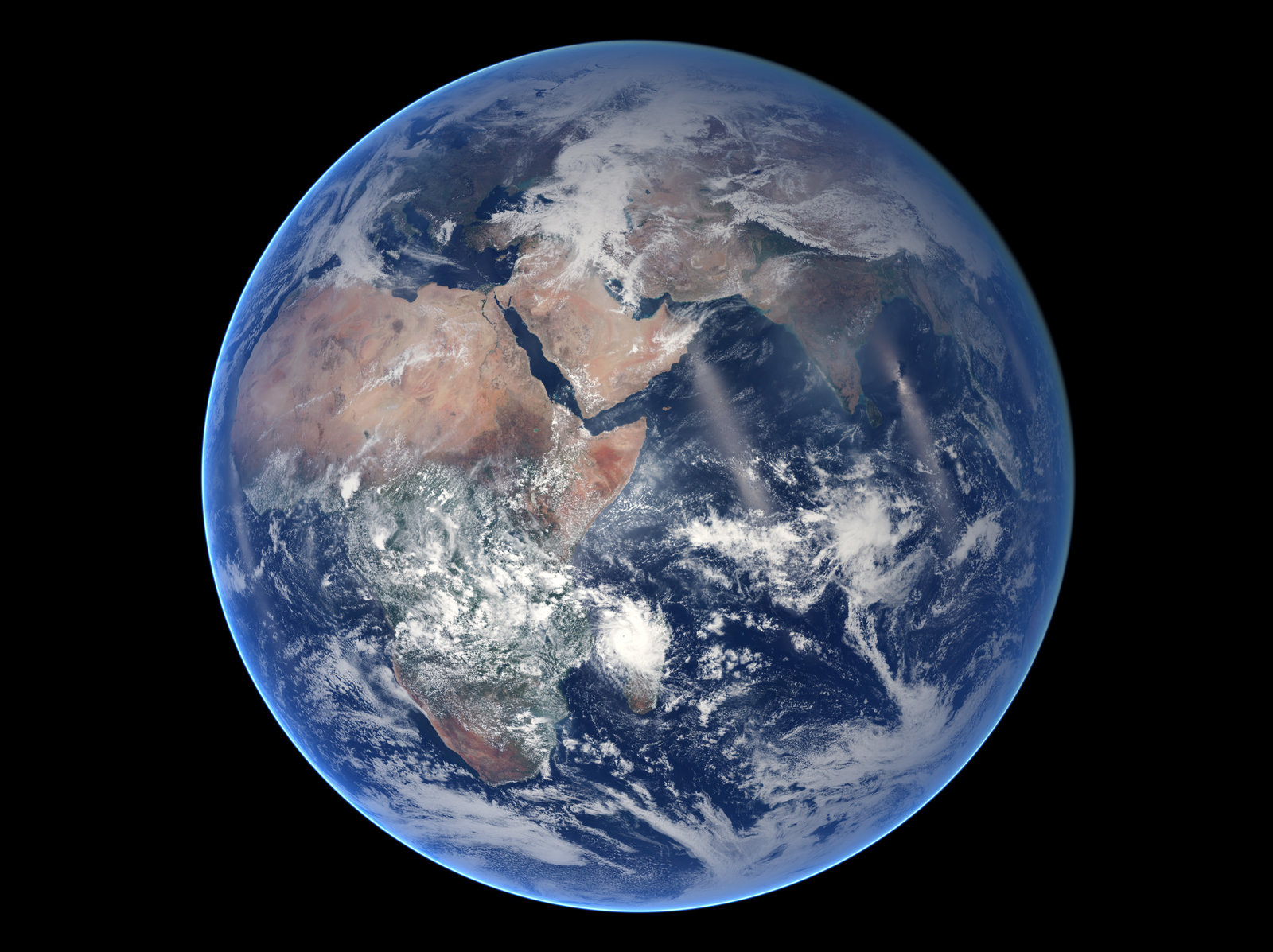How Much Hotter Are The Oceans? The Answer Begins With A Bucket
"If you want to know what climate change will look like, you need to know what Earth's climate looked like in the past — what air temperatures were like, for example, and what ocean currents and sea levels were doing. You need to know what polar ice caps and glaciers were up to and, crucially, how hot the oceans were."
Earth's climate looked like in the past — what air temperatures were like, for example, and what ocean currents and sea levels were doing. You need to know what polar ice caps and glaciers were up to and, crucially, how hot the oceans were."
"'Most of the Earth is water,' explains Peter Huybers, a climate scientist at Harvard University. 'If you want to understand what global temperatures have been doing, you better understand, in detail, the rates that different parts of the ocean are warming.'"
"Easier said than done."
"To know how ocean temperature is changing today, scientists rely on more than a century's worth of temperature data gathered by sailors who used buckets to gather samples of water."
"It's the best information available about how hot the oceans were before the middle of the 20th century, but it's full of errors and biases. Making the historical data more reliable led researchers on a wild investigation that involved advanced statistics and big data, along with early 20th century shipbuilding norms and Asian maritime history.
To know how ocean temperature is changing today, scientists rely on more than a century's worth of temperature data gathered by sailors who used buckets to gather samples of water.
It's the best information available about how hot the oceans were before the middle of the 20th century, but it's full of errors and biases. Making the historical data more reliable led researchers on a wild investigation that involved advanced statistics and big data, along with early 20th century shipbuilding norms and Asian maritime history.